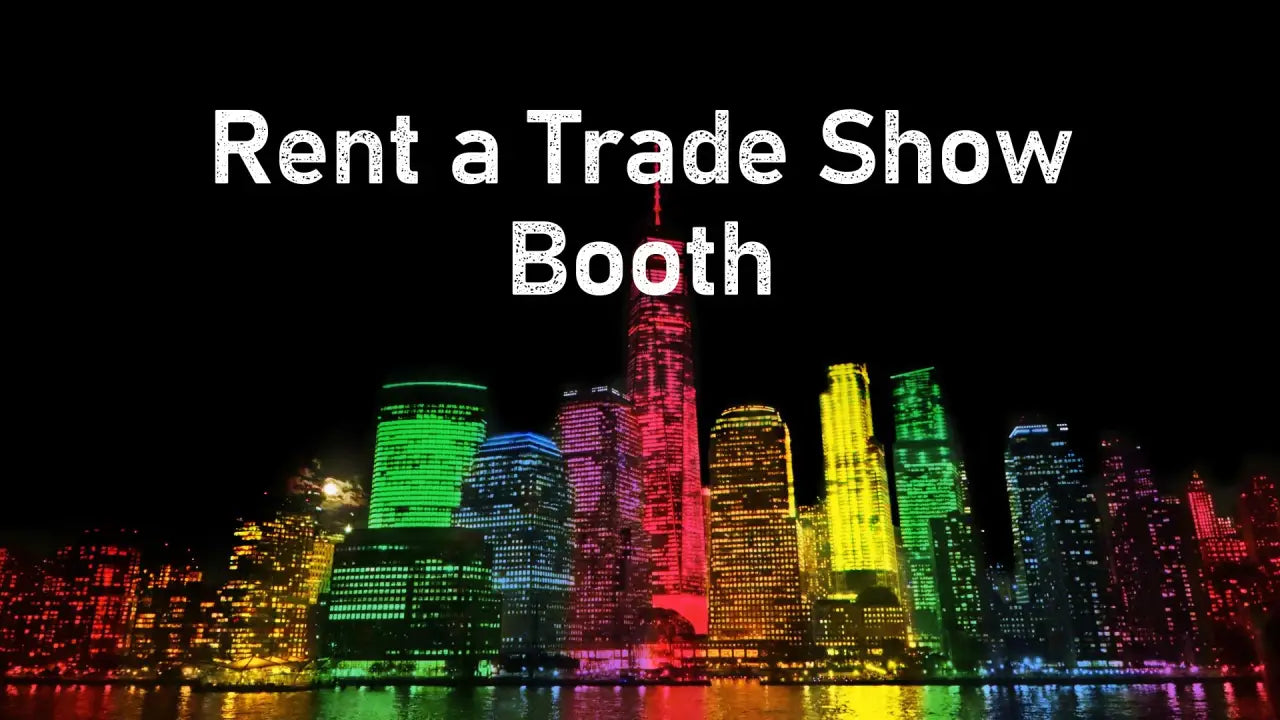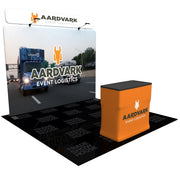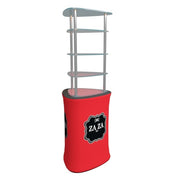11 Tips To Help You Save Money At Trade Shows

When done properly, trade shows usually justify the cost and help to generate qualified leads that turn into new sales. However, as with any marketing activities, you don’t want to pay more than you should. These strategies can help save significant amounts of money every time you exhibit.

1. Rent your exhibit
In addition to providing more flexibility at every show, renting lowers upfront costs versus owning your exhibit. You don’t pay for storage, maintenance, pull and prep or refurbishment when you rent.

2. Hire an onsite supervisor from your exhibit house
Experienced supervisors can lower labor costs by reducing setup time and minimizing onsite mistakes. If you have issues on the show floor the supervisor has the ability to act quickly and help solve any problems.

3. Be smart about ordering labor
Labor is one of the budget line items that can quickly swirl out of control. Be careful to not request setup labor too close to your move-in time. Just because your truck is scheduled to arrive at a particular time doesn’t mean that the freight will be delivered to your space shortly thereafter.

4. Take advantage of early bird discounts
The show contractors usually offer deadline dates for discounted pricing on electrical, rigging, drayage and other booth services. These discounts can add up to a significant savings on your overall budget.

5. Consider using lightweight materials in your booth design
Tension fabric is one of the most popular materials that help reduce shipping, labor and drayage costs. There are a variety of other lightweight materials available (reference Exhibitor Magazine article)

6. Conduct a pre-show inspection
Make sure that your exhibit house fully stages your exhibit prior to the show, complete with graphics and lighting. This allows you to spot any mistakes, missing components or damage prior to the show, or to possibly make small adjustments to the layout.

7. Use cost-effective design and signage
Incorporating high-level signage into your booth structure instead of a hanging sign can avoid expensive rigging charges, but still give you the visibility you need to be noticed on the show floor.

8. Properly estimate your electrical needs
Be careful to order the electricity that you need in order to run your exhibit and demo equipment. Ordering too much is expensive, but not ordering enough can create even more expense onsite.

9. Consolidate small shipments to the show
Trade shows typically charge a minimum of 200 or more pounds for each individual shipment that you send to the show. Consolidating several small shipments into one or shipping them with your booth properties will eliminate these charges.

10. Don’t miss inbound or outbound target times
Shipments are normally targeted based on your booth number and location on the show floor. It is critical that your shipper doesn’t miss these deadlines or hefty surcharges will apply.

11. Double check your billings at show end
It is not unusual to find mistakes on the general service contractor billings which must be settled prior to the end of the show. Carefully review every item on the bill and ask for backup on any questionable items. Once the show is over it is nearly impossible to dispute these charges.

Choose The Right Partner
To truly make a memorable impression at your next event, it's essential to possess a trade show booth display that exudes quality, captures attention, and fosters engagement. With Trade Show House as your partner, crafting an impeccable trade show exhibit that resonates with your brand's aesthetics becomes an exciting reality. Our collaboration empowers you to customize the display to seamlessly align with your company's identity. Prior to finalizing, you'll have the opportunity to preview the exhibit, instilling you with confidence for your next trade show event!
-
Posted in
booth traffic, event marketing, exhibitor tips, lead gathering, trade show, trade show advice, trade show budget, trade show display, trade show marketing, trade show roi





































